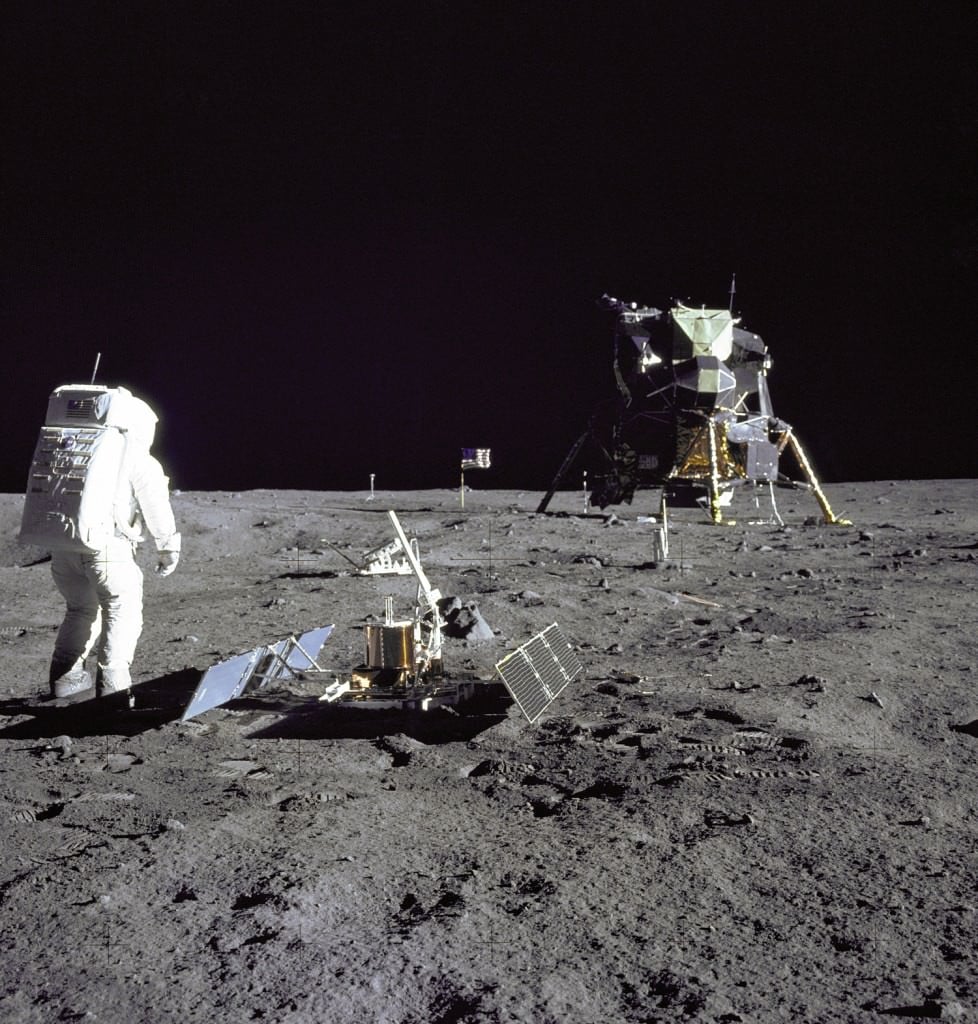Craters are a familiar sight on the lunar surface and indeed on many of the rocky planets in the Solar System. There are other circular features that are picked up on images from orbiters but these pits are thought to be the collapsed roofs of lava tubes. A team of researchers have mapped one of these tubes using radar reflection and created the first 3D map of the tube's entrance. Places like these could make ideal places to setup research stations, protected from the harsh environment of an alien world.
Lava tubes have been hotly debated for the last 50 years. They are the result of ancient volcanic activity and develop when the surface of a lava flow cools and hardens. Below this, the molten lava continues to move and eventually drains away leaving behind a hollow tunnel. Exploring these tunnels can mean we can learn more about the geological history of the Moon from the preserved records in the rocks.
The lava tubes have been the subject of analysis by NASA's Lunar Reconnaissance Orbiter (LRO) which began its journey in 2009. It's purpose was to gather information about the Moon's surface and environment and to that end has a plethora of scientific equipment. LRO has been mapping the lunar surface using high resolution imagery capturing temperature, radiation levels and water ice deposits. All with a view to identifying potential landing sites for future missions.
A team of scientists from around the world have been working together to make a breakthrough in the quest to understand these tubes. The research was led by the University of Trento in Italy and the results published in Nature Astronomy. They have identified the first, confirmed tunnel just under the surface of the Moon that seems to be an empty lava tube. Until now, their existence was just a theory, now they are a reality.
The discovery would not have been possible without the LRO and its Miniature Radio-Frequency instrument. In 2010 it surveyed Mare Tranquilitatis - location for Apollo 11's historic lunar landing in 1969 - capturing data which included the region around a pit. As part of this new research the data was reanalysed with modern complex signal processing techniques. The analysis revealed previously unidentified radar reflections that can best be explained by an underground cave or tunnel. Excitingly perhaps is that this represents an underground tunnel on the surface of the Moon but it is an accessible tunnel too.
The discovery highlights the importance of continued analysis of historical data, even from decades ago for hidden information that modern techniques can reveal. It also highlights the importance of further remote sensing and lunar exploration from orbit to identify more lava tubes as potential safe havens for lunar explorers.
Travellers to the Moon can experience temperatures on the illuminated side of 127 degrees down to -173 degrees on the night time side. Radiation from the Sun can rocket - pardon the pun - to 150 times more powerful than here on Earth and that's not even considering the threat of meteorite impacts. We are protected from thousands of tonnes of the stuff thanks to the atmosphere but there is no protective shield on the Moon. If we build structures on the surface of the Moon then they must be built to withstand such a hostile environment but look to lava tubes and many of the problems naturally go away making it a far safer and cheaper prospect to establish a lunar presence.
 Universe Today
Universe Today


